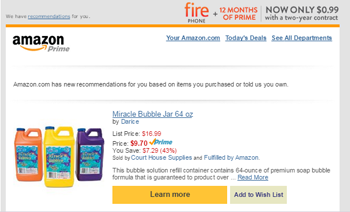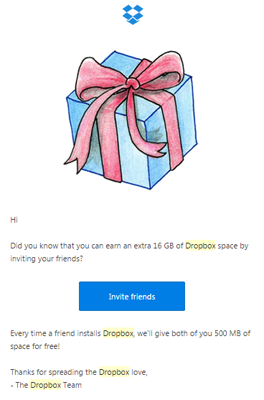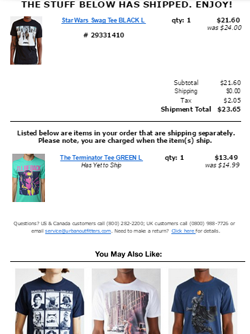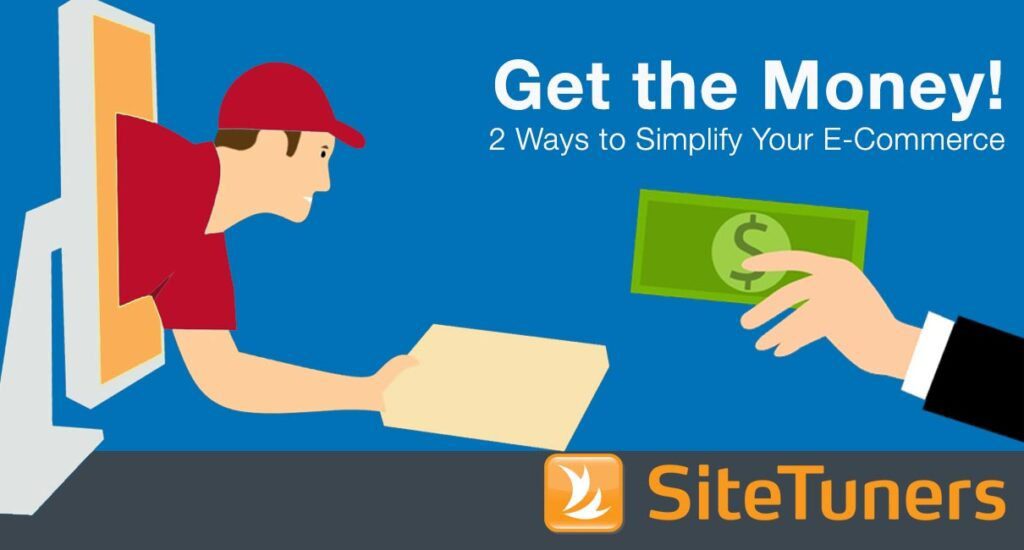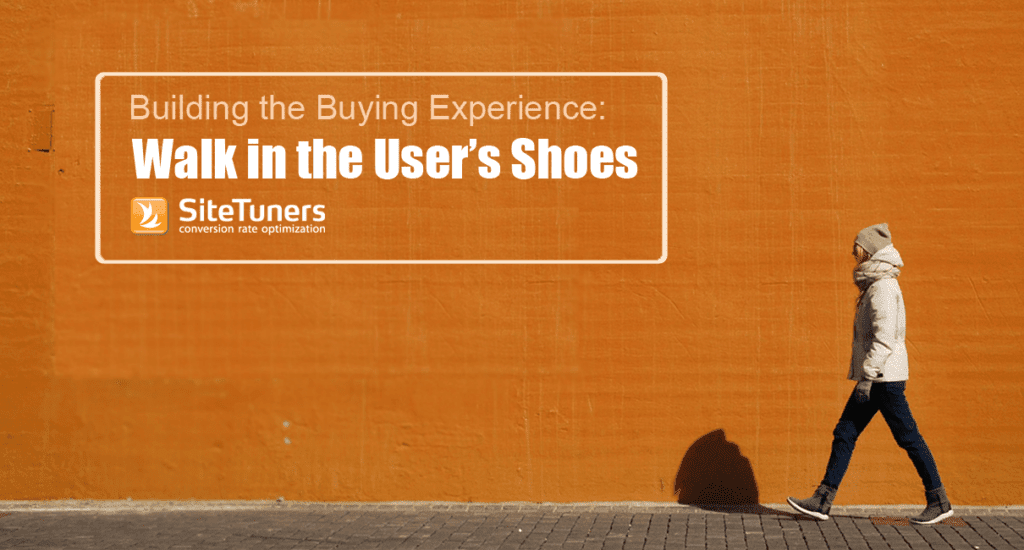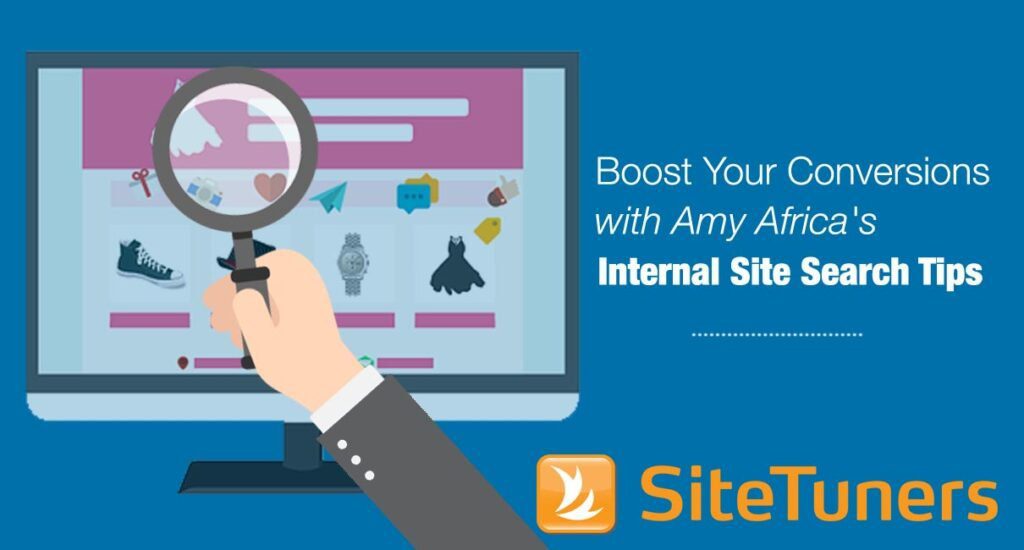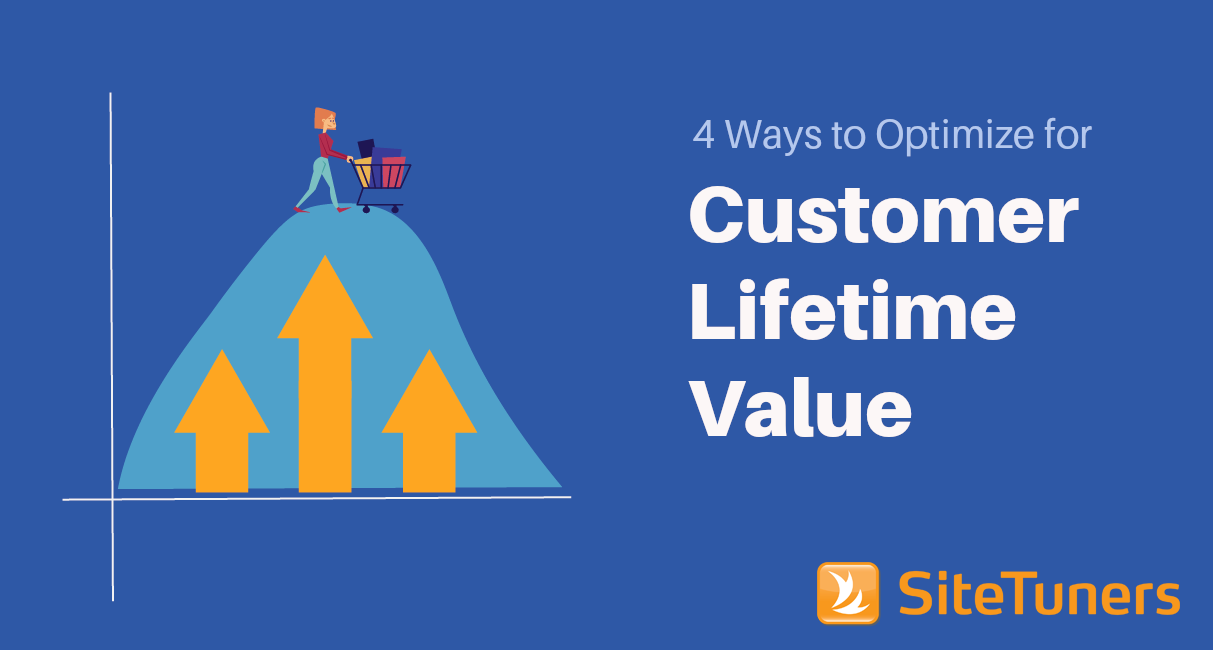
It’s generally harder to optimize for customer lifetime value (CLTV), but optimizing for long-term gains rather than quarter-based profits is absolutely the right call.
Post-Sales Replenishment
Email open rates hovered at around 33% for the first quarter of the year – that’s the highest it’s been in years. However, click-through rates from emails to the sites or offers are declining. One of the reasons for this is that a lot of emails are spray and pray. Untargeted and purchased email lists, as well as a lack of a coherent email strategy from management, keep click-through rates down.
What you can do is be a step above the competition. If you’re selling consumables, you can email offers for replenishment. This way, you’re not shooting in the dark – you know that purchasers have a need for the item, and you know the general quantity that they need.
The idea is that you can test how often they need to replenish the purchaser’s supply, and which offers or discounts work best. If you time it right, your email will be a welcome offer, rather than spam. If you test post-sales replenishment emails, your batting average should be significantly higher than the industry’s.
Referrals for Word of Mouth
Word-of-mouth (WOM) is a powerful driver of growth but getting significant traction for it can be a challenge. One of the commonly missed opportunity areas for WOM is visitors who have recently made a purchase – those visitors can help amplify your message with the right nudge.
You can use discounts or coupons to incent others to share your products and offers. This does two things:
- Extend your network by using your customer as an amplifier
- Build brand trust by relying on pre-existing relationships
Loyalty Programs
Loyalty programs are a time-tested way to keep your customers. It’s just that with today’s data, you can do a lot more than you used to.
The core idea is that you can use discounts, loyalty points, or additional offers to keep customers coming back for more business – you should definitely take care of that part first. However, with a little bit of technical nuance, you should be able to test how often you should be sending emails, how well using “you-only-need-x-points-before-your-next-reward” messaging works, and how seasonal your messages should be.
Transactional Emails
Finally, there’s the humble transactional email – the shipping message, the confirmation of an order, or one of its many cousins. This is the email that customers are actually anxious to receive and open – it’s one of those rare instances in online marketing where you have a person’s clear, near-undivided attention.
You should treat the email that way.
You can craft meticulously planned emails that not only deliver the core message about shipping, but also helps the company upsell related items, or talk about premium versions of products you already know they have.
Now, granted, companies with customer relationship management and marketing automation systems will be better poised to capitalize on this opportunity, but even those with just basic transactional systems not tied to anything can at least start to work on this for high-value purchases.
After the First Sale
The first sale isn’t the end of the user journey – or at least, it isn’t if you play your cards right. If you build strong word of mouth from purchasers, use loyalty programs to keep customers coming back, time your emails right and optimize your transactional emails, you’ll be on the path to retaining more of your customers.
This article originally appeared in Tim’s Monetate column December 30, 2014
